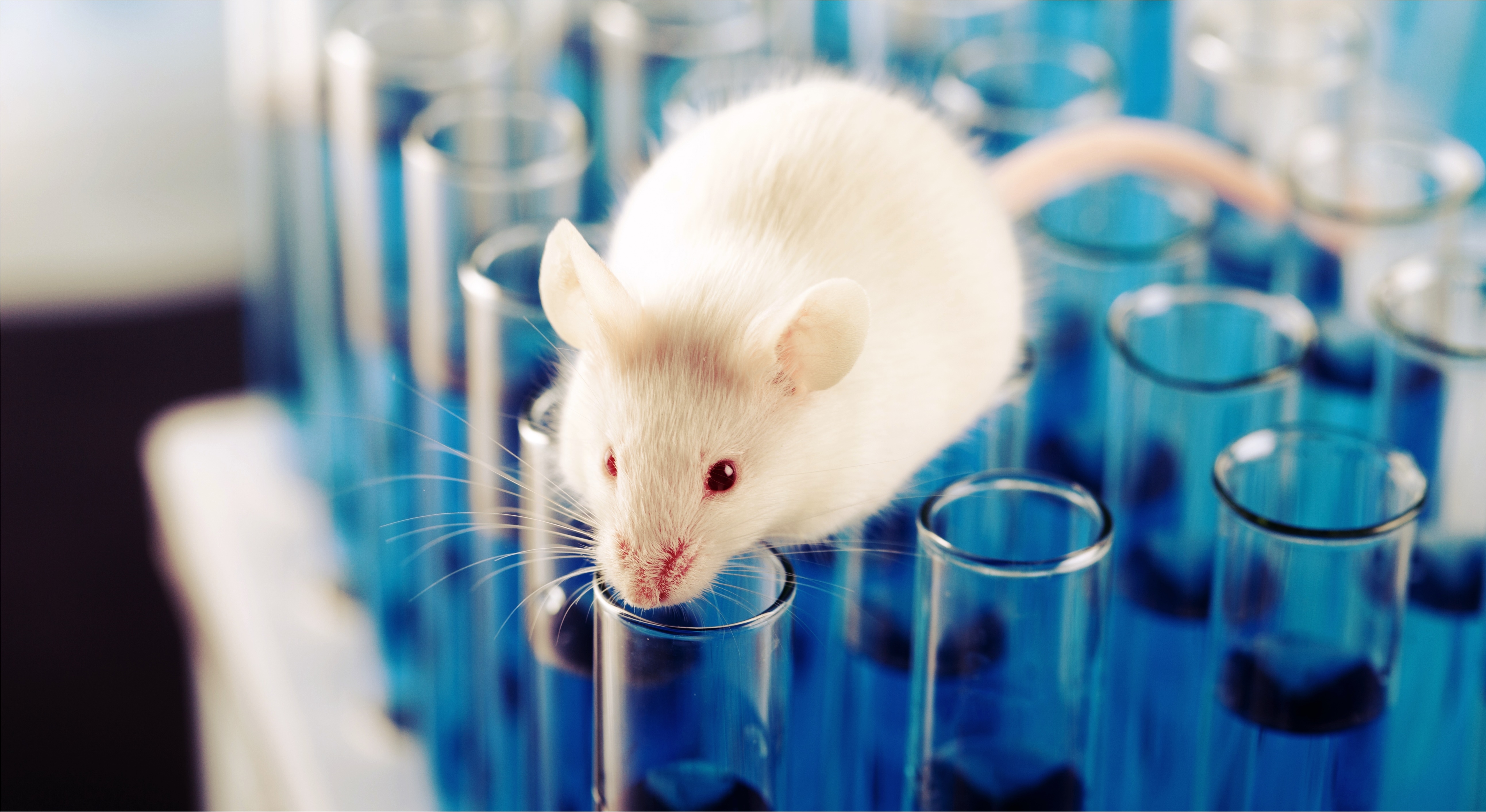The animal model of Alzheimer’s is broken! Or is it? The latest failure was Biogen’s much hyped anti-amyloid drug, aducanumab — a drug designed to slow the worsening of Alzheimer’s by targeting the brain-destroying protein fragment known as beta-amyloid. This prototype held much promise as the ‘last man standing’ after a long string of similar drugs had failed. It succeeded all the way to Phase 3 clinical trials, the last hurdle left before submission to the FDA for approval to be released as a new drug. Now Biogen joins a long list of companies who have tried, but failed to develop a successful treatment for Alzheimer’s. Another serious blow to what’s known as the “Amyloid Hypothesis” which purports getting rid of the beta amyloid protein in the brain would halt progression of the disease. As we know from Dr. Dale Bredesen’s work, nothing could be further from the truth! Amyloid is a marker of the disease, but may actually be a protective response. Getting rid of the amyloid may help in the experimental model of Alzheimer’s in mice (“mouseheimers“), since the experimental model caused it to build up in the first place. However, removing it may open the door for further destruction in the brains of humans where the body is laying down the amyloid as a protective response against a foreign invader (microbes, heavy metals, etc.). Our approach is to look for what may be causing the amyloid in the first place, and then eliminate that cause first. Simple, right?
In a quest to develop new drugs, researchers have simplified the process with highly inbred strains of mice genetically programmed to develop Alzheimer’s-like characteristics. But that is not really the same disease as we see in humans. Obviously, mice are not human, though they actually do share many genes with us. And these mice can be engineered to express the human genes which may be responsible for Alzheimer’s development. But the mice are narrowly inbred, so they lack genetic diversity that define us as individuals. Their lifespan is different. They are kept in very controlled circumstances. They are fed the same chow. They do not have any other co-existing illnesses like diabetes, hypertension, etc. Definitely not the human condition. And, some might argue, possibly not humane either. But that’s a separate topic for discussion. Clearly, what we need now is what will work with real humans who live in the real world. At Peak Health, we believe that model exists with the ReCODE™️ and it informs our practice. The mouseheimers model was, and still remains extremely important in the generation of new hypotheses. And Dr. Bredesen studied aspects of that model extensively to evolve his approach to treatment. But he recognized the need to step away from it and embrace the complexity science of real human beings in order to make real progress treating this disease. How many more lives can we risk by waiting? Can we afford to stand idly by as billions of dollars spent by Big Pharma end up in dismal failure? There is no magic bullet, and currently none appear on the horizon — aducanumab being the most recent example.
What should you do? If you, or someone you care about is at risk of, or starting to show signs of cognitive decline, it’s likely neither too late, or too early for them to receive the comprehensive evaluation they deserve. Don’t stand by waiting on the next “miracle cure” or “magic bullet” to arrive on the market. Don’t waste the precious opportunity to reverse the progression. We have the tools and training it takes to make a difference. We understand how unique each human being is and how to target a specific set of interventions based on each unique individual’s circumstances. If you’d like to learn more, we would welcome the opportunity to help. Just click on this link to find out more.

